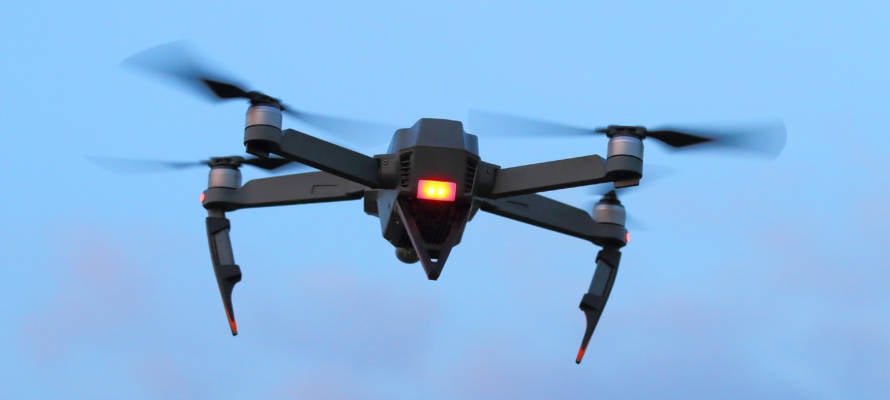“Hamas has a number of models that have a very similar appearance to UAVs in the possession of Hezbollah, and in principle one can say that the inspiration for them is Iran.”
By Yaakov Lappin, TPS
Aerial activity over the Gaza Strip in recent weeks has rekindled concerns in Israel regarding Hamas’s capabilities with regard to unmanned aerial vehicles.
On Aug. 21, the Israel Defense Forces monitored and attempted to intercept a UAV over Gaza near (but which had not penetrated) Israeli airspace. The IDF said at the time that it was unclear whether the drone had been downed.
While the UAV did not pose an immediate threat to Israeli civilians and triggered no alerts, the incident served as a reminder that Hamas’s engineers are working around the clock, with Iranian assistance, to bolster the terror faction’s capabilities in this field.
Tal Inbar, a senior research fellow at the Missile Defense Advocacy Alliance, a nonprofit organization that promotes public support for missile defense systems, noted that this was not the first time Hamas has fielded UAVs.
“Hamas has a number of models that have a very similar appearance to UAVs in the possession of Hezbollah, and in principle one can say that the inspiration for them is Iran,” he told the Tazpit Press Service.
While it remains uncertain which elements of Hamas’s drone program are smuggled in from Iran and which are assembled in Gaza, it is beyond doubt that Iranian know-how is fueling Hamas’s UAV fleet build-up, he said.
“We saw in the past an armed UAV in Gazan skies, armed with what looked like small missiles,” said Inbar, adding that it is unknown whether Hamas is using such systems operationally.
Hamas also has a UAV “very similar” in design to an Israel Aerospace Industries model no longer in use, he noted, adding, “The similarity is likely not coincidental.”
Further corroborating the Iranian link, Uzi Rubin, founder and first director of the Israel Missile Defense Organization, noted that during Israel’s May 2021 conflict with Gaza, Hamas deployed a UAV known as the “Ababil,” known to also be in the possession of Hezbollah in Lebanon.
The same UAV, with some minor adjustments, is also present in Yemen, where the Houthis who possess it call it the “Qasef,” according to Rubin. The Ababil is launched from a mobile catapult.
“The model that Hamas fired during [the May 2021 conflict] is called ‘Shahab’ by them,” said Rubin. He noted that the terror group has deployed various other types of drones “from ‘Operation Protective Edge’ [in 2014] onwards.”
According to Rubin, Iranian knowledge transfers enable local UAV production in Gaza.
It is possible that Iran is able to transfer not just knowledge but also material and parts directly to Gaza, he said, without needing to involve Hezbollah.
“They somehow manage to also smuggle in the engines—these are piston engines with two cylinders, based on an unknown plan,” he said, adding, “Hamas has no problem producing and assembling all of the rest on its own.”
That Israel has thus far failed to stop the smuggling of these engines into Gaza is “worrying,” he said.
Iranian assistance to terror groups in Israel goes beyond UAVs. In recent months, Iran has stepped up efforts to smuggle improvised explosive devices (IEDs) into Judea and Samaria so that its allies and proxies like Palestinian Islamic Jihad can reverse engineer them.
Hamas’s Iranian-assisted UAV fleet is thus a manifestation of a larger Iranian program to arm terror factions in both Gaza and Judea and Samaria, whether directly via smuggling or indirectly by teaching Palestinian terror factions how to build them.
MAKE THE LAND OF ISRAEL EVEN MORE BEAUTIFUL!
PLANT YOUR VERY OWN FRUIT TREES IN ISRAEL!
Farmers near the Gaza border lost family, friends and workers. Spring is here, and they desperately need help to replant the farms. Join us in blessing the People and Land of Israel.
“I will ordain My blessing for you…” (Leviticus 25:4)



